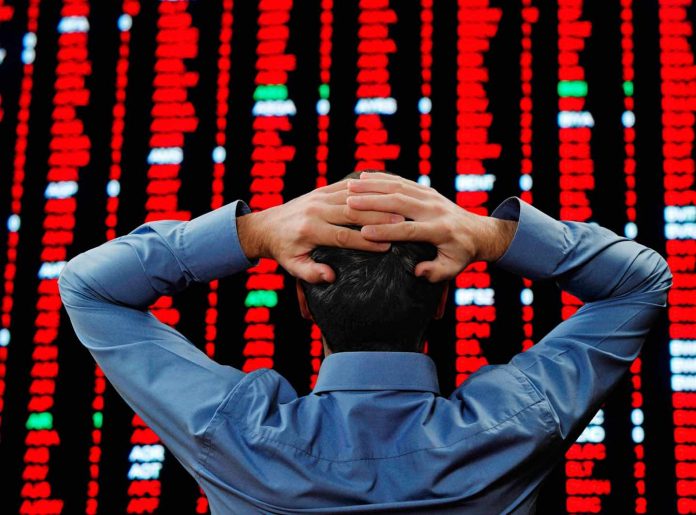Stocks were mixed signals in Thursday’s morning session, with the S&P 500 edging close to the 5,000 mark for the first time ever. The Dow Jones Industrial Average slipped by 110 points, marking a 0.3% decline. Meanwhile, the S&P 500 barely moved, and the Nasdaq Composite saw a slight increase of 0.3%.
Investor focus remained on earnings, highlighted by Disney’s nearly 12% surge after it outperformed quarterly estimates and upgraded its guidance. Arm, the chipmaker, soared by 56% following its earnings beat and positive profit outlook.
Yields climbed on Thursday, with the 10-year Treasury note reaching 4.16%. This rise in yields put pressure on stocks, despite strong earnings reports boosting confidence in the economy’s ability to sustain corporate profits and growth.
This earnings season, 77% of S&P companies exceeded earnings expectations. About 68% surpassed sales forecasts. Strong earnings and the rise of megacap tech stocks have propelled the market forward in recent sessions.
However, investor worry has grown over the market’s concentrated leadership, especially after Federal Reserve Chair Jerome Powell dimmed hopes for a March rate cut. This uncertainty has led investors back to large cap tech companies, a strategy from early 2023 that needs to shift for the market rally to sustain.
But will this rally continue?
Last October, amidst a gloomy Wall Street atmosphere, we suggested a buy signal was imminent. What followed was an incredible rally, pushing the S&P higher in 13 of the past 14 weeks. Unless stocks crash to close out the week, the S&P will push that to 14 out of the last 15.
We’re now witnessing irrational exuberance – aka “peak optimism – reminiscent of the Federal Reserve’s massive interventions during the COVID crisis. Bank of America’s sentiment indicator for equities remains in euphoria, a state it has maintained for the past month.
The market’s top tech names have driven this euphoria and led the November-to-February surge, raising questions about what will happen if Big Tech cools off. Goldman Sachs and Nomura strategists have noted unusual bullish options activity in these tech giants, suggesting that, even without strong earnings, Wall Street would have massaged the “Magnificent 7” higher all on its own.
As market breadth continues to collapse, the implications for future returns become increasingly concerning. Only 30% of S&P 500 stocks are trading above their 200-day moving averages, yet the index is about to jump above 5,000 for the first time? You’d have to go back to 1929 – right before the great stock market crash of 1929 – to see a dislocation of this magnitude.
And don’t forget, 1929’s crash kicked off the great depression, ending the “Roaring ’20s.” Are the “Roaring 2020s” going to get cut short after only three years? It’s possible, and the longer that markets remain this top-heavy, the higher their risk of getting crunched lower.








